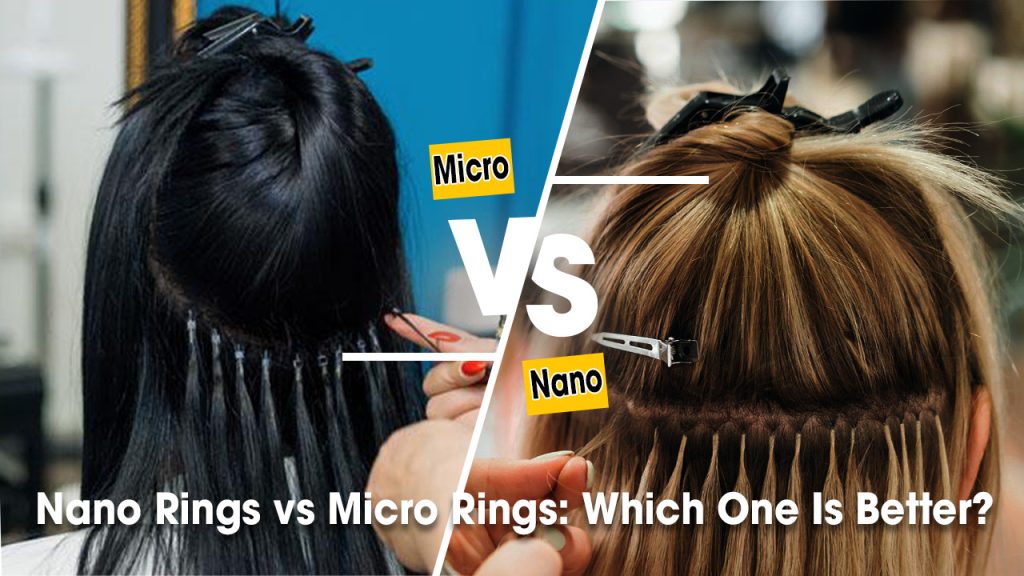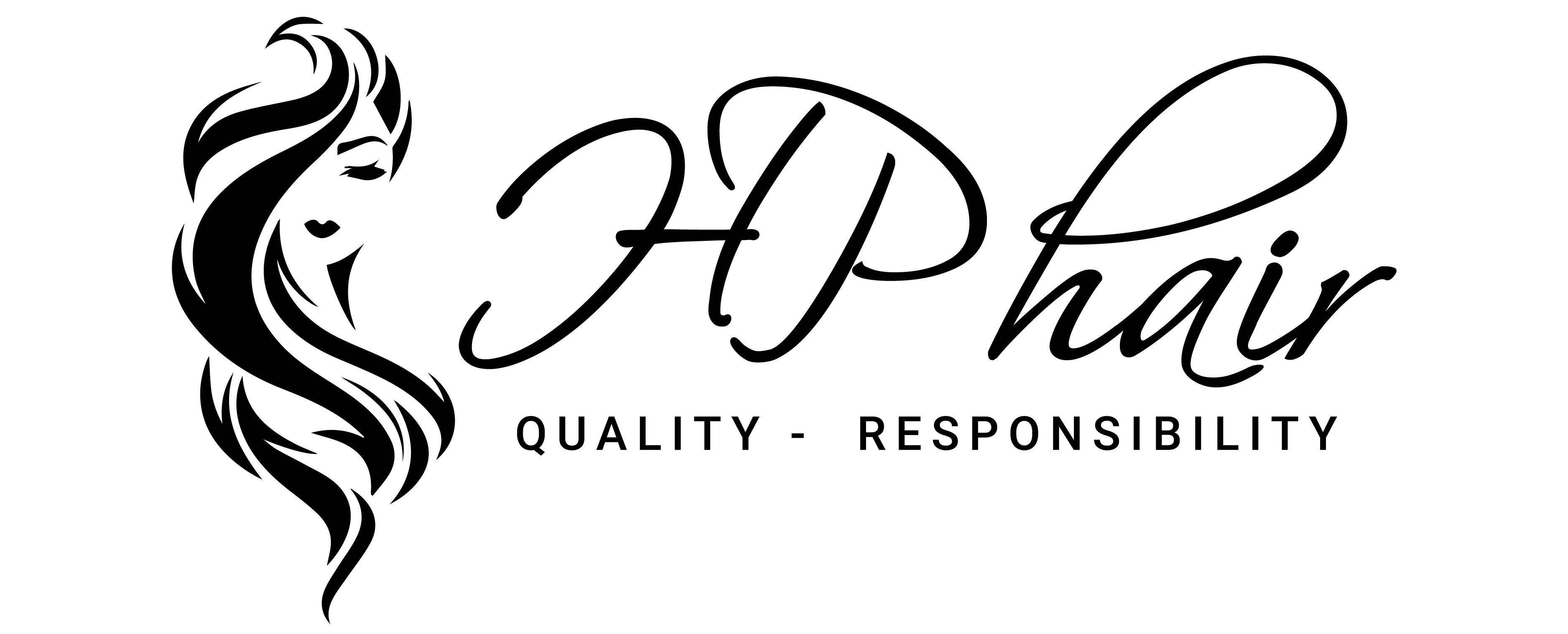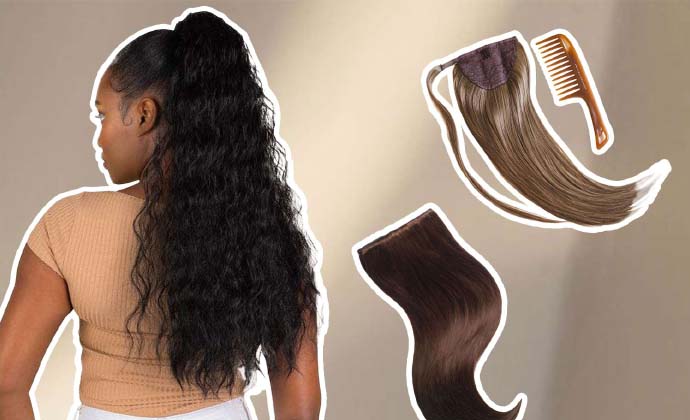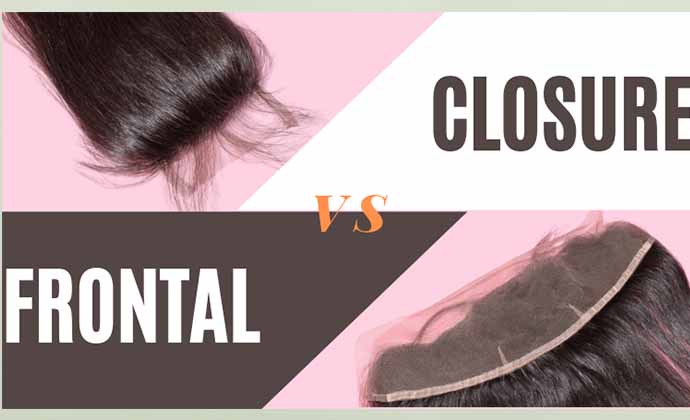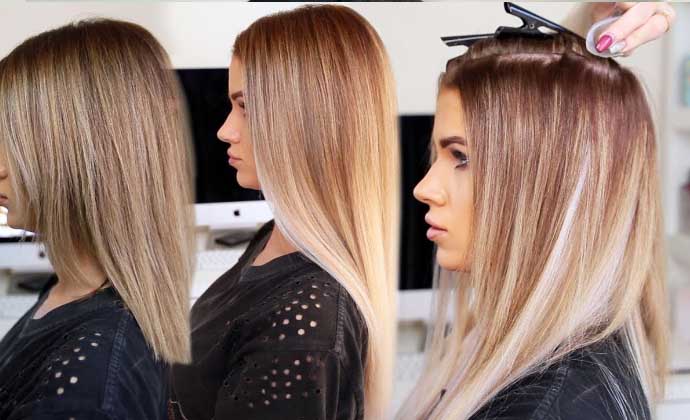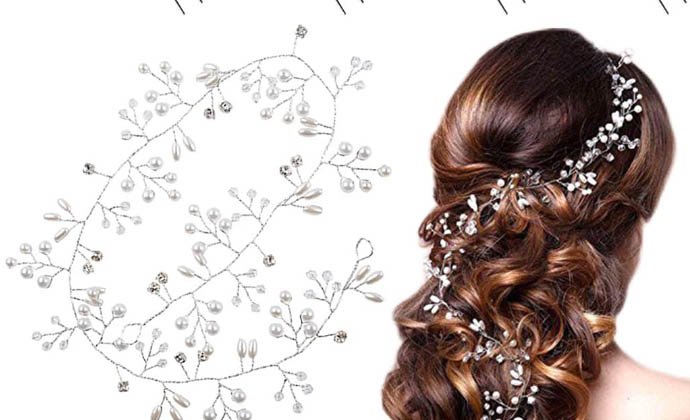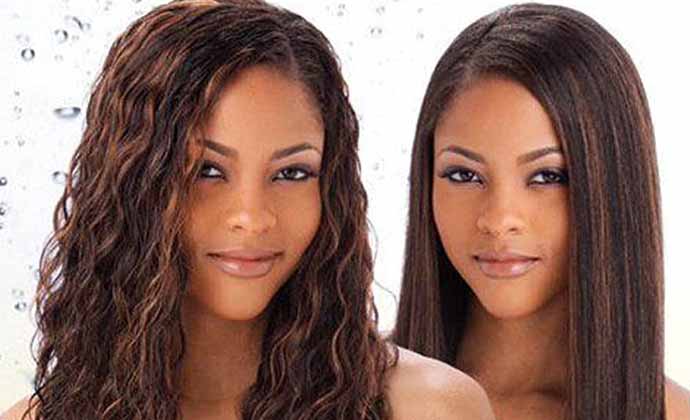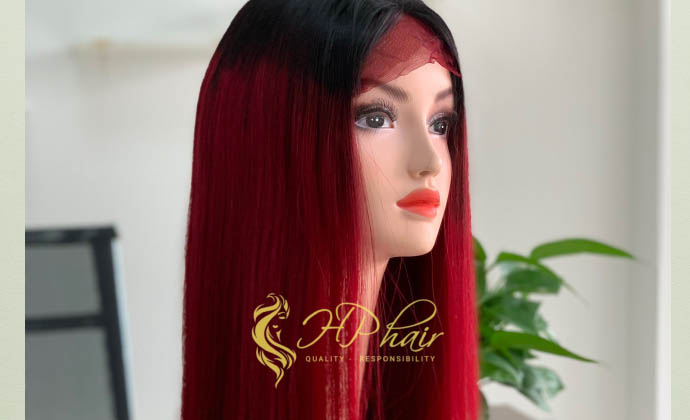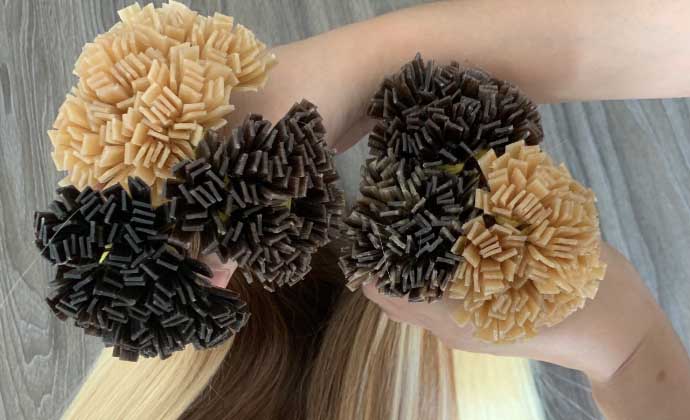Introduction
Hair extensions have become a popular choice for those looking to add volume, length, or a change of style to their natural hair. With a plethora of options available in the market, it can be quite overwhelming to decide which type of hair extension is the best fit for your needs. Two popular choices that often come up in the hair extension world are bulk hair and frontal hair. Both options have their own unique features and benefits, and understanding these can help you make an informed decision when choosing the right hair extensions for yourself. In this comprehensive guide, we will delve deeper into the world of bulk hair and frontal hair, exploring their differences, advantages, and considerations.What is Bulk Hair?
Bulk hair, as the name suggests, refers to loose hair that is not attached to a weft or any other form of attachment. It is typically sold in bundles, with each bundle containing a certain amount of hair strands. The hair in these bundles is usually aligned in the same direction, ensuring that the cuticles are intact and facing the same way. This helps to prevent tangling and prolong the lifespan of the hair. Bulk hair can be used for various hair extension techniques such as braiding, fusion, and strand-by-strand application. These techniques involve attaching the bulk hair to your natural hair, either by braiding it in, using a heat tool to fuse it, or applying it strand by strand with a special adhesive. The versatility of bulk hair allows for customization according to individual preferences, making it a popular choice for those who want to experiment with different styles and looks.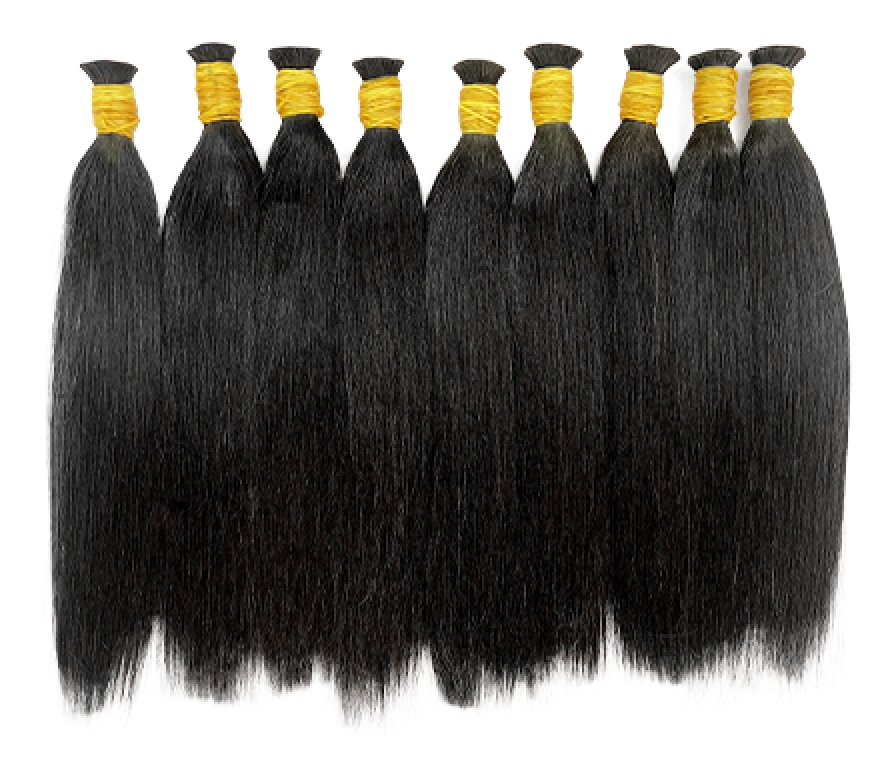
What are Frontal Hair?
Frontal hair, on the other hand, refers to a hairpiece that covers the entire front hairline from ear to ear. This type of hair extension is designed to mimic the natural hairline, providing a seamless transition from the hairpiece to your natural hair. Frontal hair is typically used to create a natural-looking hairline and can be sewn or glued onto a wig cap or directly onto the scalp. Frontal hair is commonly used in the construction of wigs, but it can also be used as a standalone hairpiece for those who want to cover up hair loss or thinning hair at the front of the scalp. The design of frontal hair allows for versatile styling options, giving you the freedom to part the hair in various ways and create different hairstyles.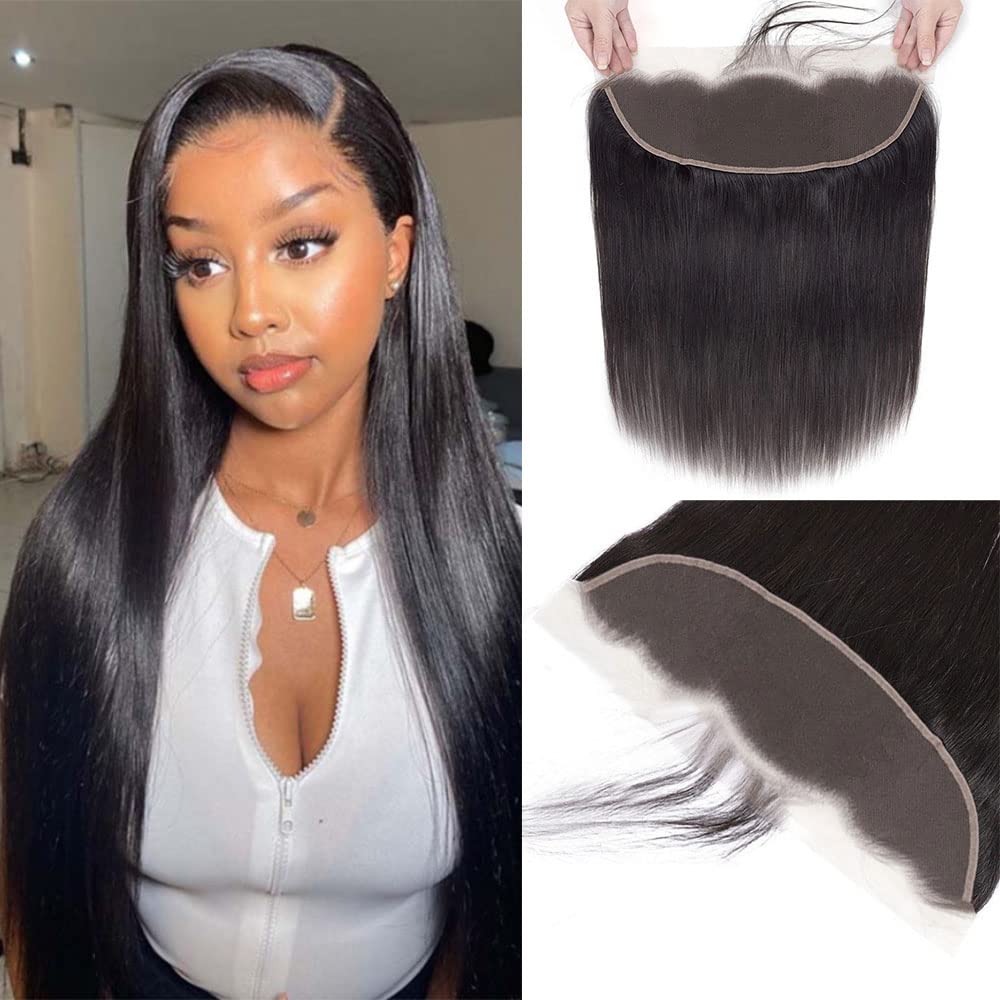
Differences between Bulk Hair and Frontal Hair
Attachment Method
One of the main differences between bulk hair and frontal hair is the attachment method. As mentioned earlier, bulk hair is typically attached to the natural hair using various techniques such as braiding, fusion, or strand-by-strand application. These techniques involve integrating the bulk hair with your natural hair, creating a blend that looks and feels natural. Frontal hair, on the other hand, is attached to a wig cap or directly onto the scalp using sewing or gluing methods. This involves placing the frontal hairpiece at the front of the head and securing it in place, either by sewing it onto a wig cap that you wear, or by applying a special adhesive to attach it directly onto the scalp.Styling Options
When it comes to styling options, frontal hair takes the lead. With frontal hair, you can create a natural-looking hairline and part the hair in various ways. This allows for versatile styling options and the ability to change your hairstyle as desired. You can wear your hair in a high ponytail, part it in the middle, or even create a side-swept look. The possibilities are endless with frontal hair. Bulk hair, on the other hand, is more limited in terms of styling options. While it is versatile and can be used for various hair extension techniques, it is typically used for specific techniques such as braiding or fusion. This means that the styling options for bulk hair are largely dependent on the technique used to attach it.Natural Look
In terms of achieving a natural look, frontal hair has an advantage. The frontal hairpiece is designed to cover the entire front hairline, creating a seamless blend with the natural hair. This creates a more realistic appearance and allows for a more natural-looking hairstyle. The ability to part the hair in various ways also contributes to the natural look that frontal hair provides. Bulk hair, on the other hand, may not provide the same level of naturalness. While it is attached to the natural hair and can blend well, it is not specifically designed to create a natural hairline. Therefore, if a natural-looking hairline is a priority for you, frontal hair might be a better option.Maintenance
When it comes to maintenance, frontal hair requires more care compared to bulk hair. Since frontal hair is attached to a wig cap or directly onto the scalp, it needs to be properly maintained to ensure longevity. This includes regular washing, conditioning, and styling. It's also important to avoid excessive heat and harsh styling products to prevent damage. Bulk hair, on the other hand, requires less maintenance. Since it is typically attached to the natural hair, it can be treated similarly to the natural hair. Regular washing and conditioning are still necessary, but there's less need for intensive care compared to frontal hair.Cost
In terms of cost, bulk hair is generally more affordable compared to frontal hair. Bulk hair is sold in bundles and can be purchased in larger quantities, making it a more cost-effective option. This makes bulk hair a popular choice for those who want to add volume or length to their hair without breaking the bank. Frontal hair, on the other hand, is typically sold as a single piece and may be more expensive due to the additional construction and attachment methods involved. However, considering the natural look and versatile styling options it provides, many find the cost of frontal hair to be a worthwhile investment.Conclusion
In conclusion, both bulk hair and frontal hair have their own unique features and benefits. Bulk hair is versatile and allows for customization according to individual preferences. It is typically used for specific techniques such as braiding or fusion. On the other hand, frontal hair provides a more natural look and offers versatile styling options. It is commonly used in the construction of wigs and requires more maintenance compared to bulk hair. When choosing between bulk hair and frontal hair, consider factors such as attachment method, styling options, natural look, maintenance, and cost to make an informed decision. Remember, the best choice is the one that suits your personal needs, preferences, and lifestyle.Bài viết liên quan
Đánh giá
Subscribe
Login
0 Góp ý


